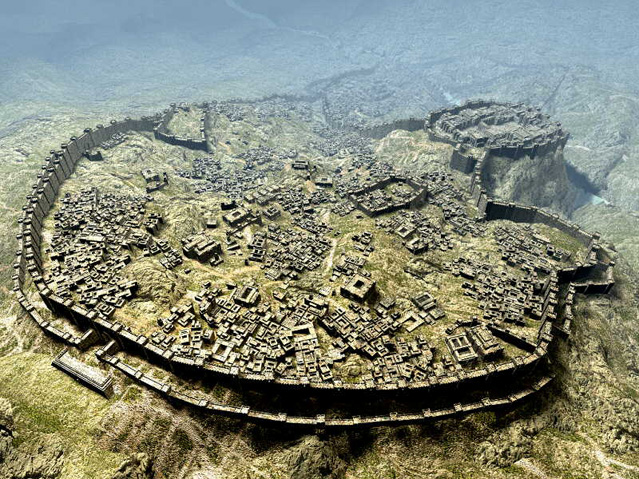
Hattusa: A Journey into the Heart of the Hittite Empire
Hello history enthusiasts! Today, let’s embark on a time-traveling adventure to Hattusa, the mysterious capital of the Hittite Empire, peacefully resting in the vast plains of modern-day Turkey. Hattusa has piqued the curiosity and enchanted researchers for years, existing as an archaeological treasure trove. Let’s take a glimpse into the unknown world of this fascinating

Rare talismanic healing bowl found in Hasankeyf excavations
During the ongoing excavations in Hasankeyf Mound, one of the oldest Neolithic settlements in Anatolia, an 800-year-old talismanic bowl used for healing and two thumb rings made of agate and bone used by archers were unearthed. Hasankeyf Mound is located in the Hasankeyf district of Batman province in southeastern Turkey. In addition to artifacts from
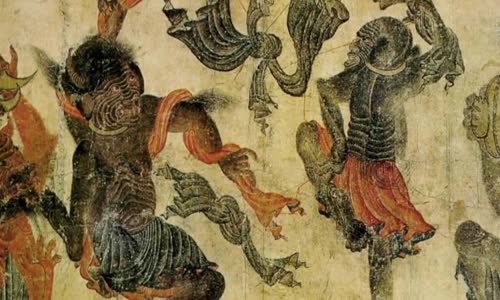
Spirits of Girnavaz Mound
Girnavaz Mound is located 4 kilometers north of the Nusaybin district, which belongs to the Mardin province in Turkey. It’s situated very close to the Syrian border and lies along the route coming from Northern Mesopotamia. Its introduction to the scientific world was attributed to A.T. Olmstead. The mound represents a settlement from the Neo-Assyrian
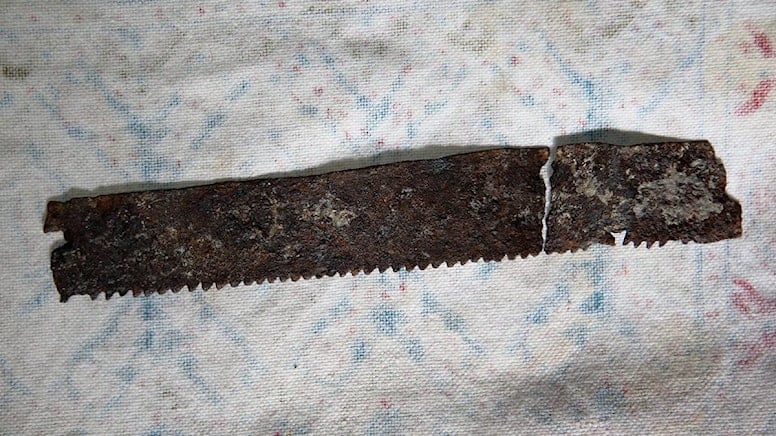
Discoveries in the Hittite capital of Hattusa never cease
Discoveries never end in Hattusa, the capital of the Hittites who founded the magnificent empire of the Bronze Age. After the piece of ivory decoration with a sphinx found last week, a 2250-year-old saw was unearthed today. Archaeological excavations in Hattusa, located in the Boğazkale district of Çorum, began in 1906 and have been conducted
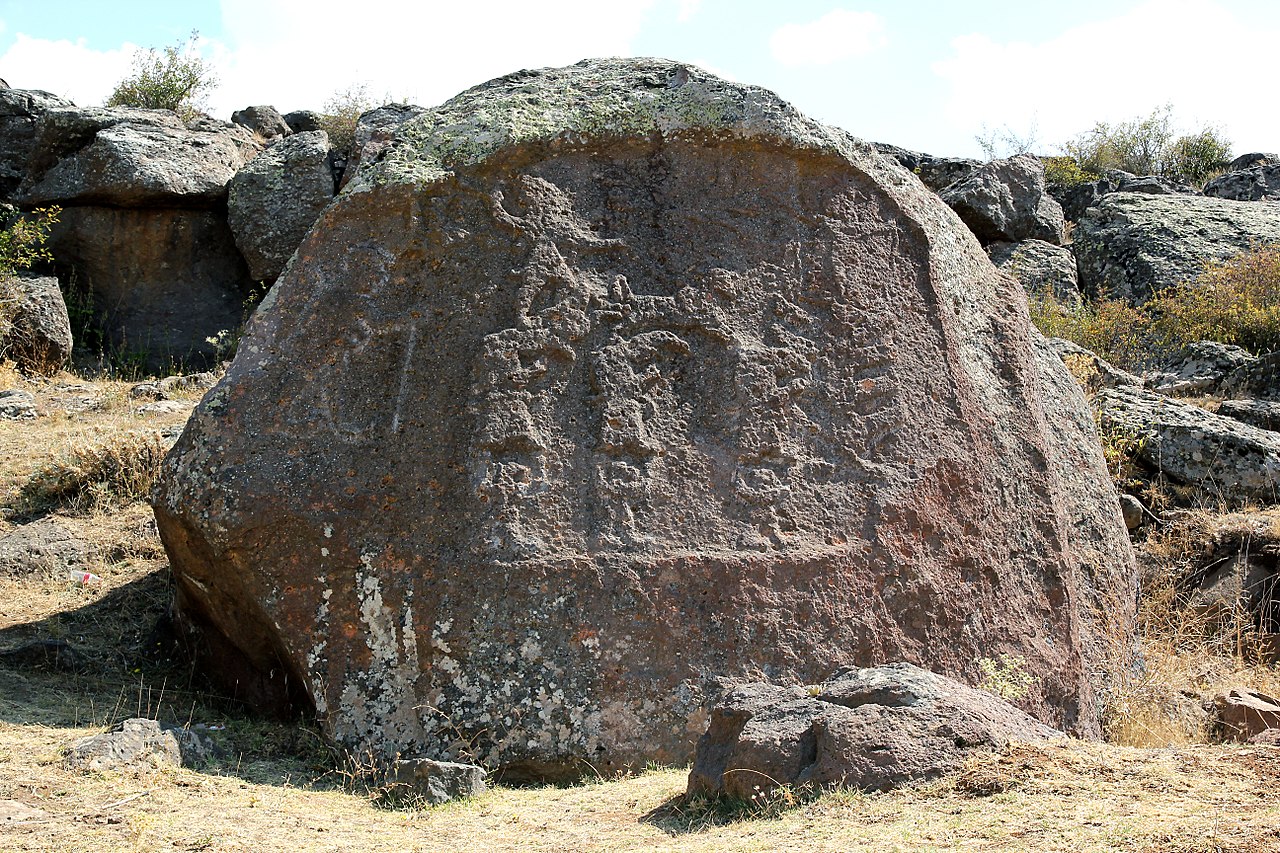
Hittite Period İmamkulu rock relief
İmamkulu Relief is one of the most beautiful examples of Hittite period (probably 13th century) art. İmamkulu relief is located near İmamkulu village in Develi district of Kayseri province. The relief measures approximately 3.25 meters x 2 meters and has been exposed to considerable weathering. It was carved into the smooth surface of a large
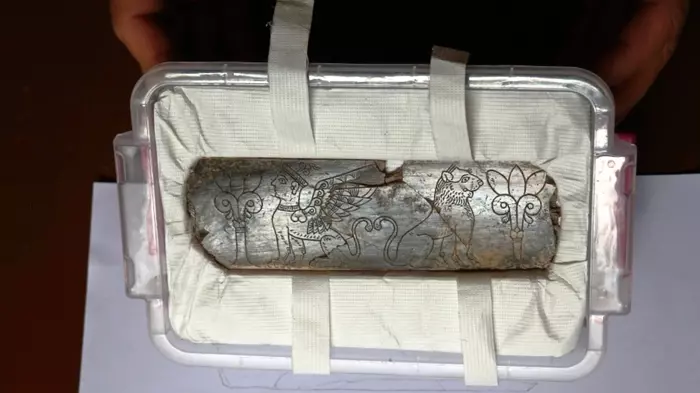
In the Hattusa excavations, a decoration piece made of 2,800-year-old elephant ivory was discovered
A decoration piece made of 2,800-year-old ivory was found during the ongoing excavations in Hattusa (today Boğazköy), the capital of the Hittites, who established the first central state organization in Anatolia. The discovered elephant ivory decoration piece is approximately 30 centimeters in length and 10 centimeters in width. It features a sphinx (a sculpture with
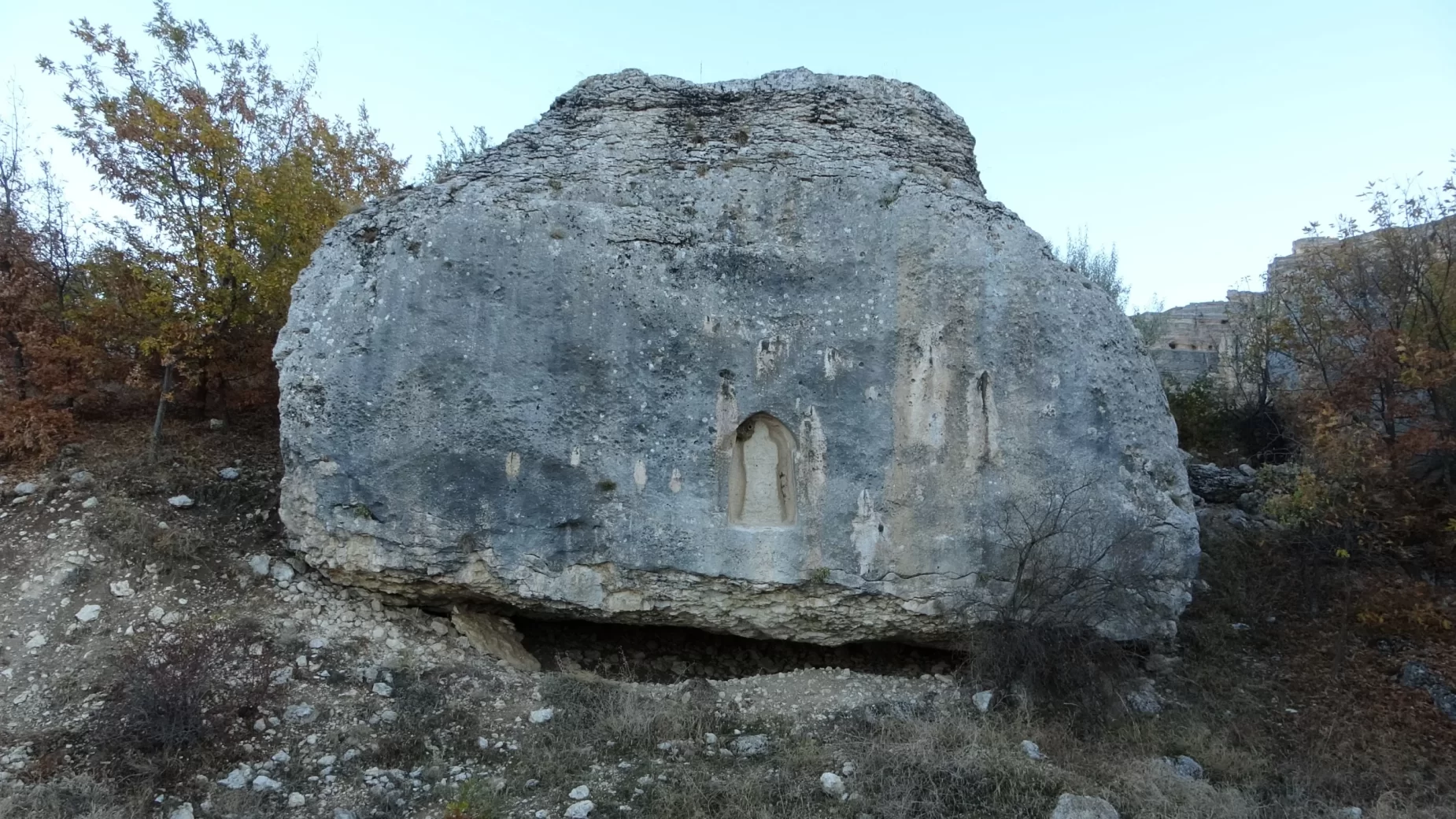
The 2800-year-old Hittite goddess figurine found in the Valley of Levent
A Hittite goddess figurine from the eighth century can be found in the Levent Valley, which was created by a geological formation that dates back 65 million years, B.C. In the 28-kilometer valley located in Malatya’s Akçadağ district, there are ruins from the Neolithic age as well as traces of the Hittite civilization that lived
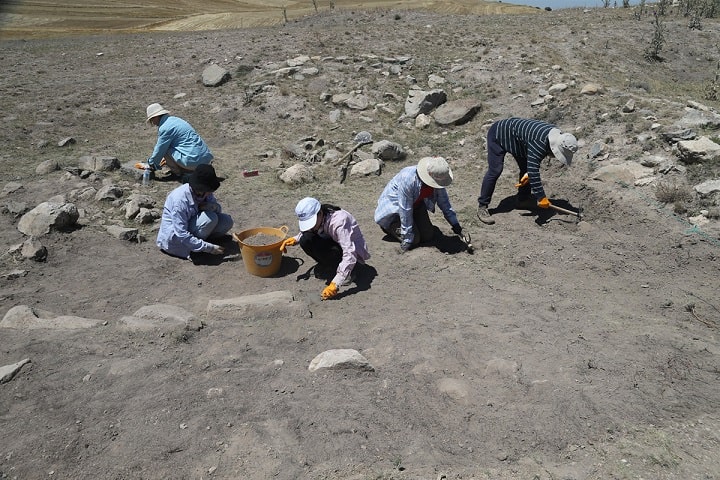
The aim is to unearth important findings from the Hittite period in Külhöyük
The Külhöyük, located in the Gölbaşı district of Ankara, the capital of Türkiye, continues to provide data shedding light on Hittite history. The location of Külhöyük on the road network through which the Hittites reached the Cilicia region has made it a significant center both militarily and commercially throughout the ages. Külhöyük was discovered as
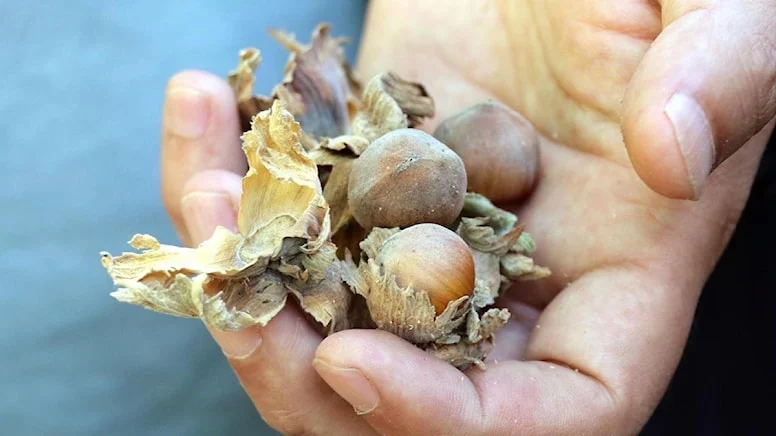
The hazelnuts eaten by the Assyrians 4000 years ago did not come from Europe
The acquaintance of Anatolia with writing occurred through the Assyrians who established the trading colony of Kültepe/Kanish. The Assyrian traders, who set up a karum in Kültepe, located within the boundaries of present-day Kayseri province in Türkiye, not only engaged in trade but also facilitated the interaction of Anatolia with Mesopotamian culture. During the long-term
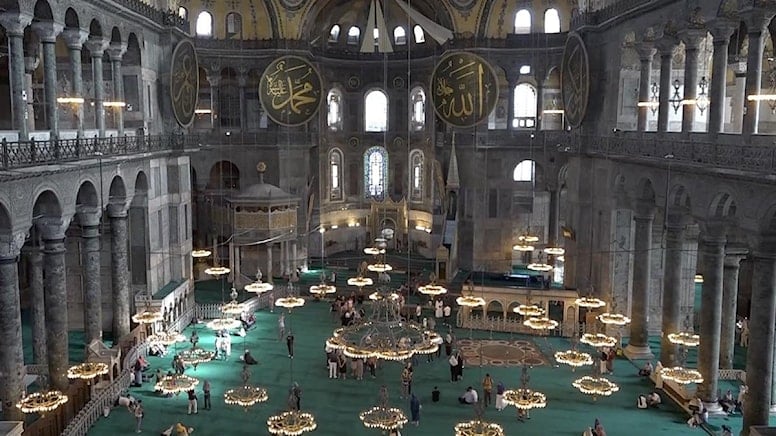
Tourists visiting Hagia Sophia for non-worship purposes will need to pay an entrance fee
Tourists who visit Hagia Sophia, which was opened for worship under the name of ‘Ayasofya-i Kebir Cami-i Şerifi’ on July 24, 2020, for purposes other than worship, will be charged a re-entry fee. Before being opened for worship at Hagia Sophia, it served as a museum for 86 years. Minister of Culture and Tourism, Mehmet
